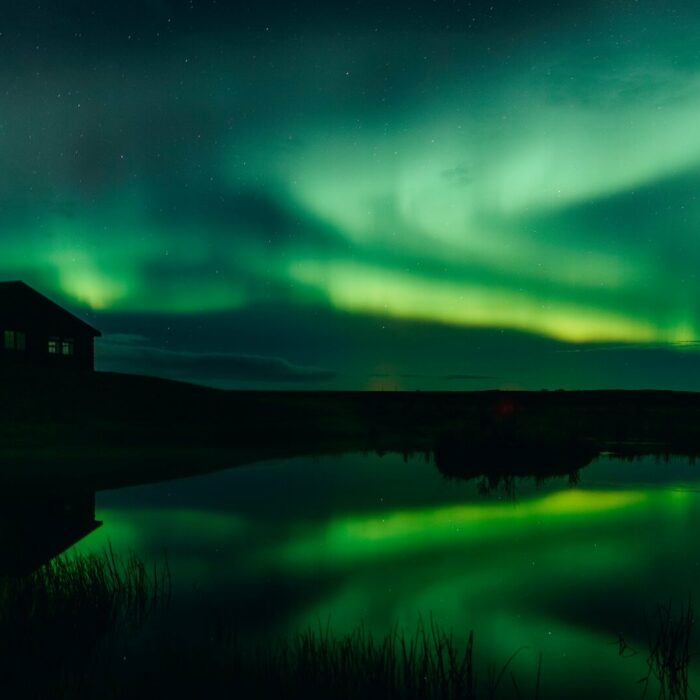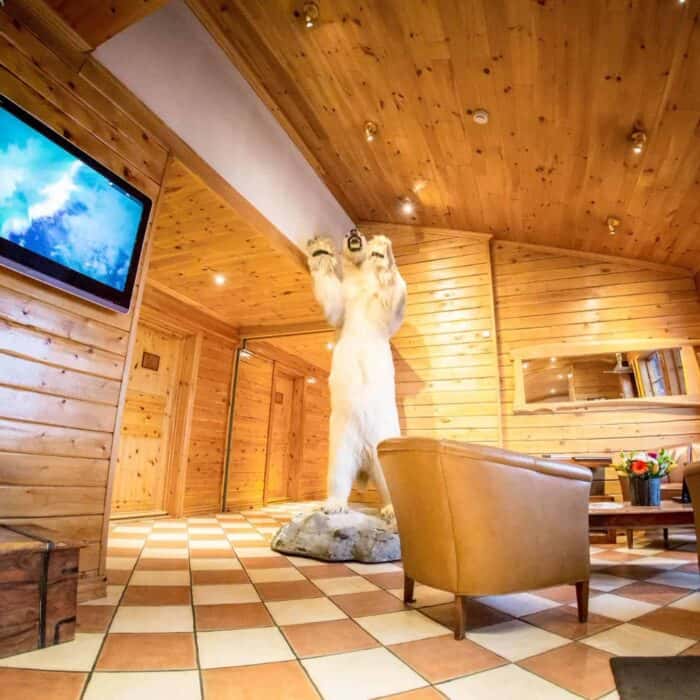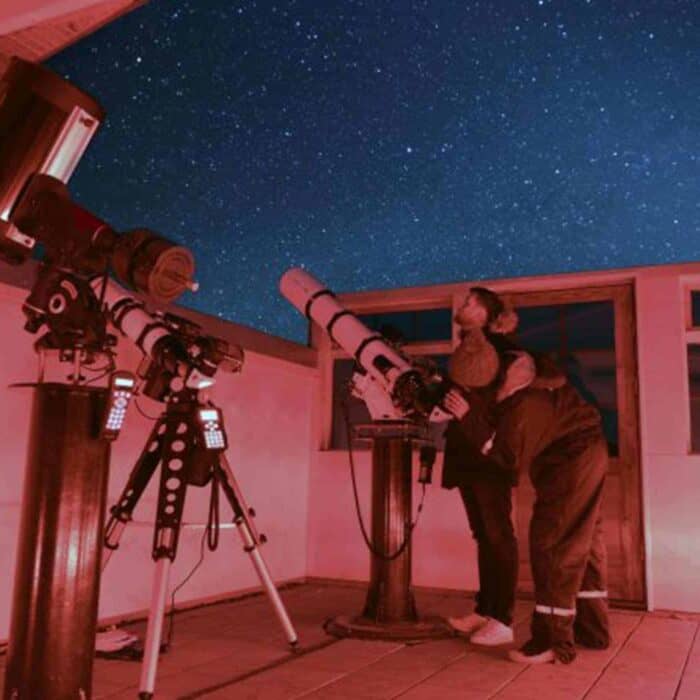Table of Contents
Though Hotel Rangá is known as a northern lights hotel, we also offer our guests amazing resources to view the stars. Stargazing Season in Iceland starts at the end of August, but the night sky truly comes alive in the autumn. Maybe you are on a quest to view distant galaxies or trace the outlines of constellations. Either way, the high-tech Hotel Rangá Observatory is the perfect place to stargaze with an expert astronomer’s assistance.

Explore the Stars With Stjörnu-Sævar
“We all share the same sky, which is beautiful,” muses Sævar Helgi Bragason, one of the regular guides at the Hotel Rangá Observatory. Nicknamed Stjörnu-Sævar (“Star Sævar”) in Iceland, his curiosity and enthusiasm about the night sky is infectious.
Sævar is a popular science communicator in Iceland, like a young David Attenborough for space science. He is one of Iceland’s leading astronomy experts and space weather specialists. In fact, he hosts TV shows, radio programs, websites and has written best-selling books. What’s more, his work covers a range of topics in science, astronomy and environmental issues.
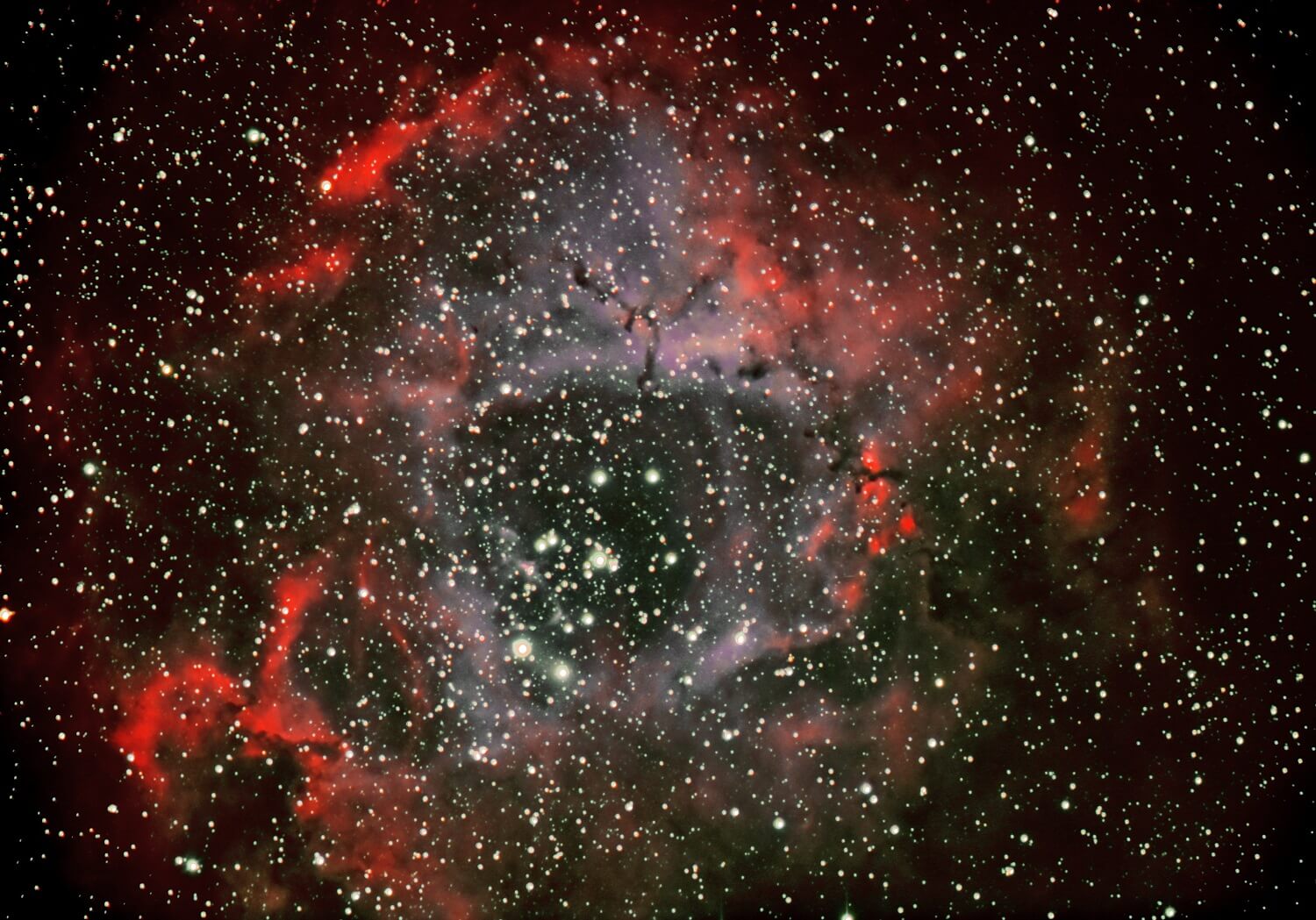
Sævar has been involved with the operations of the observatory since it opened in 2014. Designed in collaboration with The Amateur Astronomical Society of Seltjarnarnes, the observatory was the first of its kind in Iceland. The structure attracts attention by stargazers far and wide. In fact, it boasts state of the art astronomical telescopes and a roof that rolls back to reveal a 360-degree view of the night sky.

Millions of Light Years Away
“It was bigger success than we had anticipated,” explains Sævar, “so we have since upgraded the telescopes in the observatory.” One telescope features a 160-millimeter diameter refractor. The bigger telescope sits on mounts in order to follow movements in the sky. The telescopes are also perfectly suited for astrophotography.
The observatory is located just 150 meters (492 feet) from the main hotel building, making it a convenient and unique winter experience for Hotel Rangá guests. Stargazing season in Iceland starts in late August. To stargaze, we need clear skies with no chance of high clouds or rain, as moisture and high winds can damage our telescopes while high clouds blur out otherwise spectacular views.
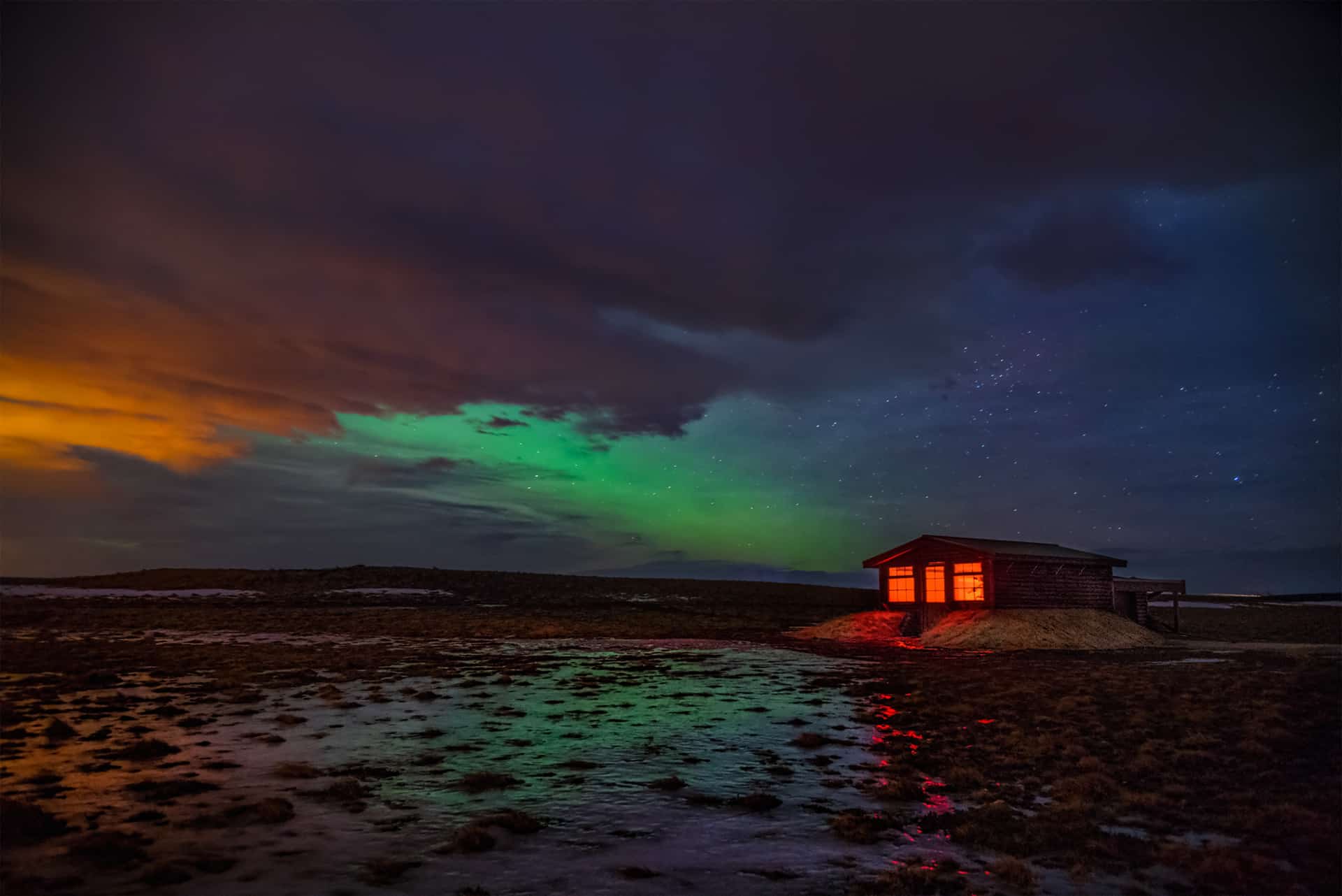
Stargazing Season at Hotel Rangá
We open our observatory when the forecast shows that the sky will remain clear for several hours. During this time, the guide – either Sævar or another local expert with an equally fascinating background – points out planets and far away galaxies while talking about the legends and history of the constellations.

“We can point our scopes at different galaxies to show people they are just like the system we live in, only much, much further away. And if there is anyone else out there looking back at us, they see us as we looked like in the past and they have a similar view of our galaxy that we find so incredibly big,” says Sævar.
“The furthest object I have seen is a group of galaxies called Stephan’s Quintet, about 300 million light years away, which means the light left the galaxies 300 million years ago before the dinosaurs even existed.”
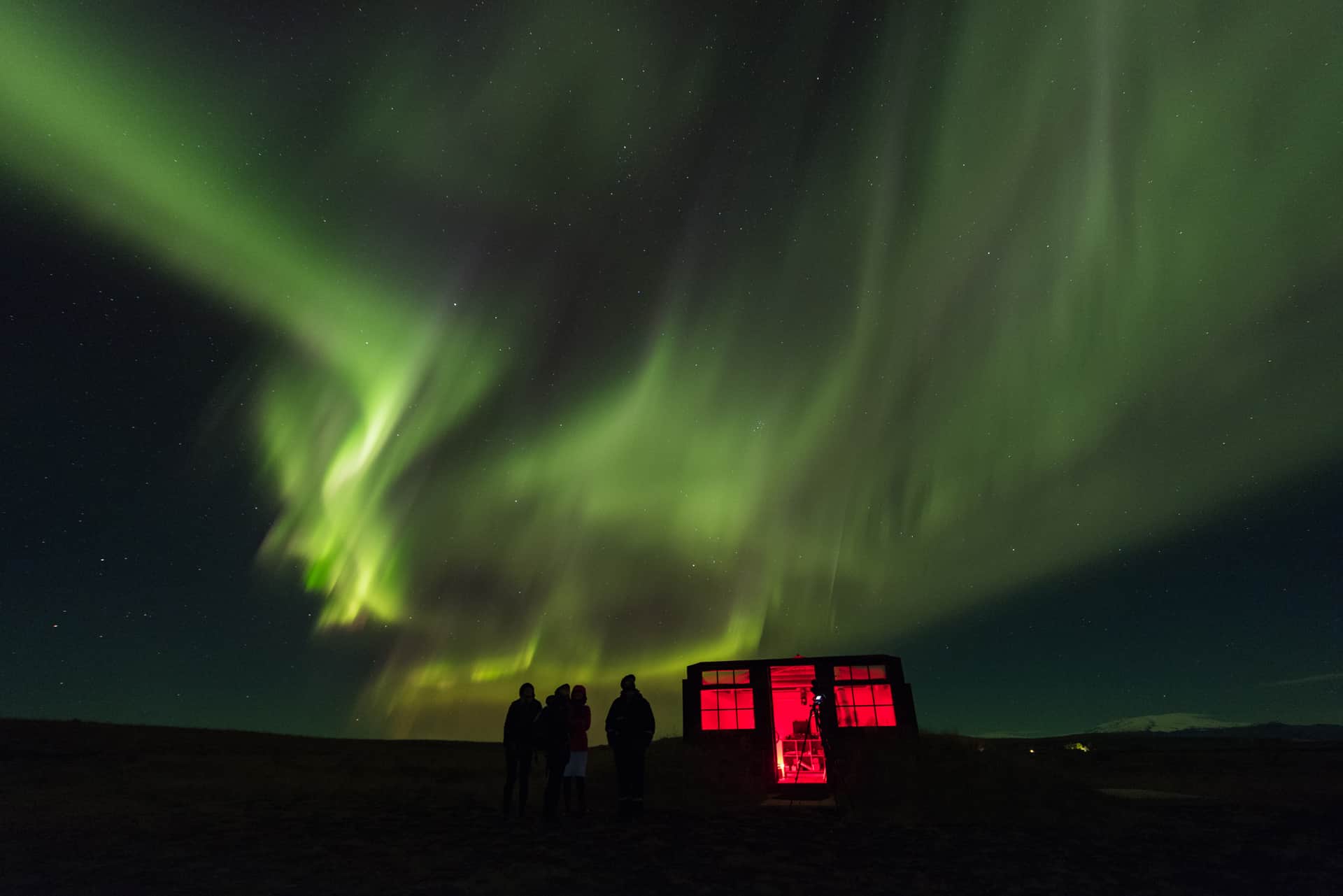
A Little Closer to Home
Sævar emphasizes that such far away objects tend to look like faint blobs to the untrained eye, so the guides mostly show objects that are “close to us and hopefully beautiful to look at,” like Andromeda, the closest galaxy to The Milky Way. Guests can also see dense, cloudy nebulas, the places where the stars are being born, for example, the Orion Nebula, which is part of the Orion constellation roughly 1,350 light years away from Earth.
The moon is another popular subject, and people like to find out where the Apollo landing site is located. “We can magnify the images a lot so we can easily see things like valleys and mountains on the moon,” explains Sævar, noting that the exact landing area itself is far too small to see. He also says that full moons, surprisingly, do not provide the best viewing. Rather, it is easier to see the contours in the moon’s terrain during waxing or waning phases .
Of course, it is not all science talk during the tour. “The thing I kind of like when I am showing people the stars is to mix mythology and cultural references with the science,” says Sævar, ” because then the sky really becomes alive.”

